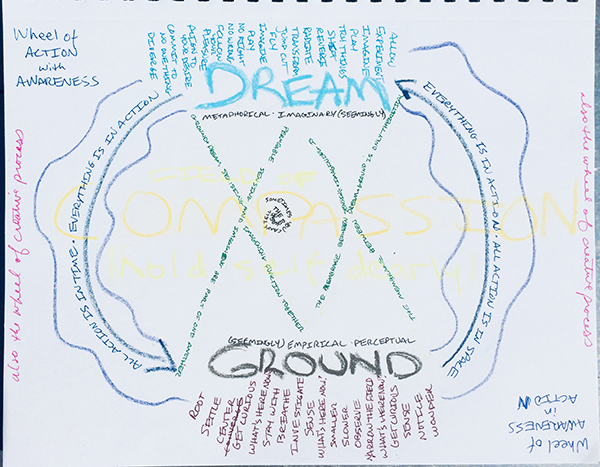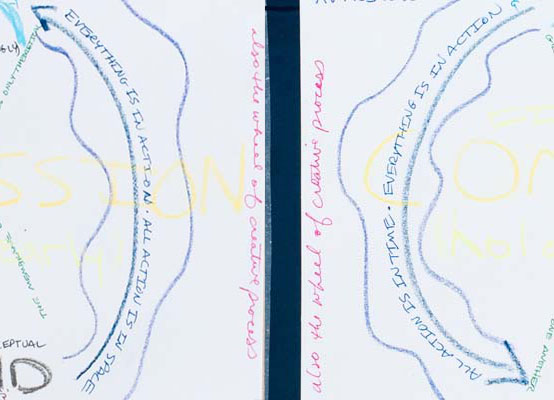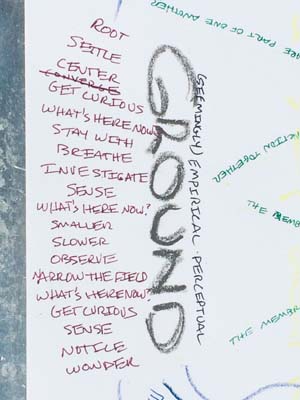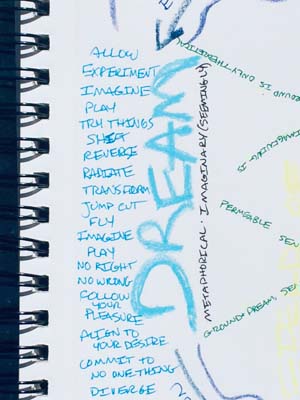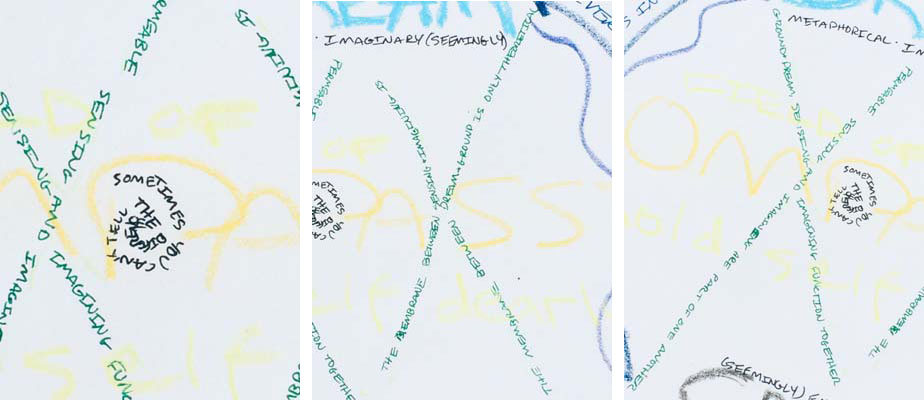I’m an aggregator. My curiosity about the world drives me to pull together threads and try to make relational sense of them. Another word would be integrator—yes the pun is intended. (Follow the link to see how our private sessions in the Feldenkrais Method are named.) I like to go wide for the big picture; I get lost and claustrophobic in too much detail.
I was thinking of how to proceed with our classes this fall. In spring we were concerned with “Calming and Centering”. In summer, it felt important to begin to think about how we connect out into the world, so we explored our “Radiant Self”, how movements radiate out from our centers. The next part of 2020 is likely going to be very demanding. We will be asked to be adaptable to surprises, strong in our principles, clear in our sense-of-self, and potent in our actions. We need to be well-resourced and also willing to step into the unknown. We need to be grounded dreamers in action. These qualities are always important, but this moment seems to be more vivid, asking more of us.
A Wheel for our Practice
In other words, there is no one thing we need to cultivate more than another. We need to ready for anything. In that spirit, our fall season of classes will include many themes, including grounding and dreaming as we practice action with awareness.
First, our practice always occurs in a field of compassion. We hold ourselves dearly so that we may practice without harming ourselves. Beyond that there is no sequence, but a cycle, a pulsing, a circling the wheel. When we recognize that we are living organisms, we realize that we experience many states at once.
Action
Another recognition is the constancy of action. Even when we are still, we are in action. We are never not acting. There is no grounding that is not an action. There is no dreaming that is not an action. Even our attention moves.
We make actions in space and time—in our environment, always. We may delude ourselves (I do often!) that our thoughts and ideas have an omnipotent presence of their own outside of space and time, but we are organisms that live in conditions. Every aspect of living is in relation to our context, including our thinking.
Grounding…
Grounding is that thread in our practice that slows us down. We train our attention on sensation, and open into wonder and curiosity. It is not the same thing as getting heavy, though our bodies might feel more secure in their relationship to the earth when we are grounded. Grounding is when we ask, “What is here, now?” It is like we are scientists, objectively investigating what is true or real about our experience in the moment, but we know that we are both the subject and object of the investigation, so objectivity is not realistic.
Settling happens while grounding. (I am borrowing this term from Resmaa Menakem and others.) Settling is a kind of quieting of thinking-feeling-sensing. The noise of the day—the stories of what happened or what will happen, the strain of trying to achieve and worrying about failure—settles like the snow drifting to the bottom of a snow globe. (A snow globe is often a tool used to teach meditation to children to understand settling.) It is hard to get to curiosity and wonder when we are unsettled.
Curiosity and wonder may seem kind of like dreamy states, but in fact they are prerequisites for noticing, which is a grounding activity. When we are curious, sensations and perceptions can come into our attention without value-added baggage. We just notice them. When we notice without reacting compulsively, we ground.
…and Dreaming
Dreaming uses our amazing human capacity to sense and feel beyond the moment into the past and future. We can even imagine a reality parallel to the one we sense and feel in the moment while we are in it! (Try this: Sit in a chair. Sense your bottom on the chair, your feet on the floor, your hands in your lap, and whatever other physical sensations accompany your sitting. Now, imagine yourself walking out the door of the room you are in. Notice what happens in your body. Imagine walking out the door in great detail. What would it feel like in your feet, your legs, your arms? What would you see? Can you imagine yourself walking while imaging yourself sitting? Now, that is dreaming!)
Dreaming includes imagining, playing, and trying things out without trying too hard. While dreaming we ask the question, “How could I act differently?” We align our actions to our best intentions, to our pleasure, or to our desires. But as soon as we start to act from too fixed a sense of right or wrong, we get stuck, or noisy. While dreaming we can be anywhere at any time, so we can choose to shift, reverse, or jump cut to a new scene at will. When we recognize we have these freedoms, we taste our choices more vividly, while at the same time we know that it could always be another way. Allowing is part of dreaming, though it may also seem grounding. When we allow or release into what is happening, we suddenly find we have options, and that there are many ways to proceed.
Sometimes you can’t tell the difference
Grounding and dreaming are merely constructs, but they are gleaned from my years of experience exploring action through the Feldenkrais Method, yoga, dance and improvisation. In language and in my drawings, they are separated so we may explore their uniqueness. In practice grounding and dreaming function together. Sensing and imagining are part of one another. The membranes between them is permeable.
Join me for Feldenkrais and yoga classes online this fall
We can practice together becoming grounded dreamers in action.
